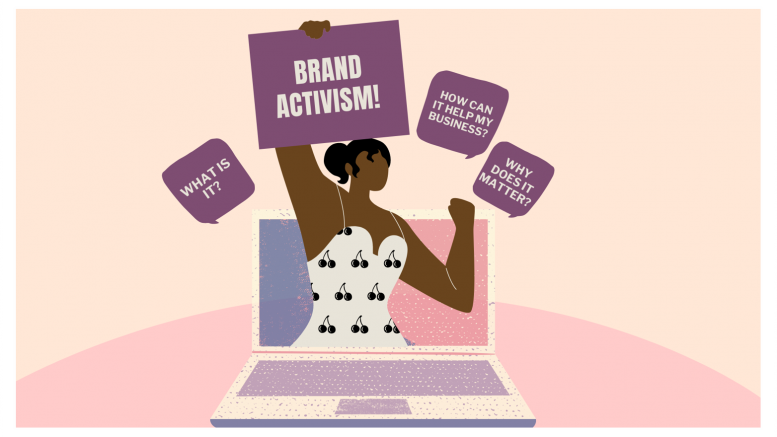In today’s socially connected and politically charged world, it appears like every brand is being called upon to make a statement about something. From climate change to social justice movements, consumers are increasingly expecting companies to do more than just sell products. They want brands to lend their voices for something. But here’s the million-dollar question: when should a brand take a stand, and when is it best to stay on the sidelines?
Let’s start by acknowledging that corporate activism is not a new phenomenon. But what’s changed is the degree of scrutiny brands are facing today. Social media has become a powerful force in shaping public opinion, and one wrong move can result in a severe backlash. On the flip side, a well-executed stance on an important issue can strengthen brand loyalty and even bring in new customers.
A prime example of a brand that has successfully navigated the tricky waters of corporate activism is Tata Tea with its famous “Jaago Re” campaign back in 2008-09. What started as a simple tagline about waking up with tea quickly evolved into a larger message about waking up to social issues like corruption and the importance of voting. Tata Tea wasn’t just hopping on the bandwagon of the latest cause; they were actively promoting change in a way that aligned with their brand’s ethos of waking up minds. It felt real, it felt natural, and it surely worked.
On the other hand, some brands have found themselves in hot water for what can only be described as performative activism. This is when a company suddenly takes a stand on an issue without any prior history of involvement or genuine commitment. For instance, you might see a fast-food chain launch a rainbow-colored burger during Pride Month but have no policies or initiatives supporting LGBTQ+ rights behind the scenes. This kind of surface-level activism is often perceived as opportunistic and insincere, and it can backfire spectacularly.
Closer to home, brands such as Parle have taken more thought-out actions. Rather than just posting a hashtag or issuing a bland statement, these companies have taken meaningful steps that demonstrate their commitment to social causes. This goes beyond performative PR stunts and resonates more deeply with consumers.
So, how does a brand decide when to take a stand? One key factor is alignment with the company’s values. A brand should only get involved in issues that are consistent with its mission and long-term goals. Otherwise, it risks looking hypocritical. Consumers can spot inauthenticity from a mile away, and no amount of social media likes or retweets can save a brand from the backlash that follows a hollow gesture.
Another important consideration is timing. Jumping into a conversation too late can make a brand seem irrelevant, while speaking up too soon, without the necessary research or understanding, can lead to blunders. Nike, for instance, took a calculated risk with its Colin Kaepernick campaign in 2018, supporting the athlete’s protest against racial injustice. The move sparked controversy but ultimately solidified Nike’s image as a brand that stands for equality. They timed their message well, understanding the cultural context and the potential fallout.
In India, Hindustan Unilever’s “Project Shakti” is another excellent example. The company addressed both gender inequality and rural poverty by empowering rural women to become micro-entrepreneurs selling Unilever products. This initiative wasn’t just a one-time marketing gimmick; it was a long-term, sustainable solution that benefited both the company and the communities involved. Here, activism was woven into the fabric of the business, making it authentic and credible.
In conclusion, corporate activism is not just a trend—it’s a reflection of how businesses are evolving to meet the changing expectations of consumers. But the key to successful activism is authenticity. Brands need to take a stand on issues that genuinely align with their values and not just because it’s trendy. Whether it’s supporting sustainability efforts or advocating for social justice, a brand’s activism should feel like a natural extension of who they are—not just a PR play. In the words of Indian consumers, “Asli hona chahiye, dikhawa nahi” (Be real, not just for show).
The views and opinions published here belong to the author and do not necessarily reflect the views and opinions of the publisher.



Be the first to comment on "Corporate Activism: When Should Brands Take a Stand?"